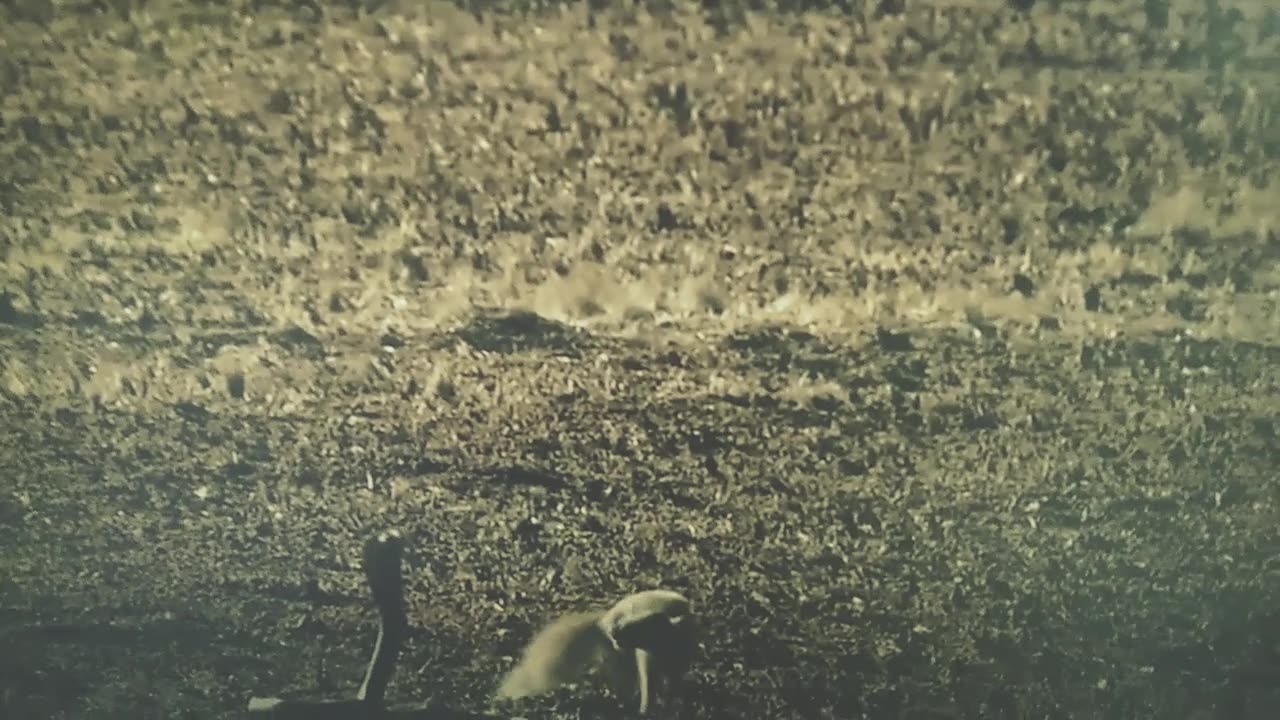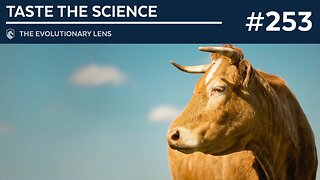Premium Only Content

fight with lion
The term "wild lifestyle in forests" typically refers to the way animals and other organisms live and interact in their natural forest habitats, free from human intervention or domestication. Forests are complex ecosystems that provide a wide range of resources and support a diverse array of life forms. Here are some aspects of the wild lifestyle in forests:
1. Biodiversity: Forests are incredibly diverse environments, housing an extensive variety of plant and animal species. These ecosystems are home to countless species of trees, shrubs, insects, birds, mammals, amphibians, and reptiles, all interconnected in intricate ecological relationships.
2. Habitat diversity: Forests offer a wide range of habitats, including canopy layers, understory, forest floor, and various microhabitats. Each habitat supports different species with specific adaptations to their environment.
3. Foraging and hunting: Wild animals in forests rely on their natural instincts and adaptations to find food and water. Predators hunt for prey, herbivores graze on vegetation, and scavengers consume decaying organic matter.
4. Reproduction and parenting: Forest-dwelling animals have their unique strategies for reproduction and parenting. Some species build nests or dens to protect their young, while others give birth in hidden locations.
5. Territorial behavior: Many animals in forests exhibit territorial behavior to establish and defend their living spaces and resources, such as food, mates, and shelter.
6. Migration and seasonal patterns: Some forest-dwelling species undertake long-distance migrations to find better resources or escape harsh conditions. Many organisms also follow seasonal patterns in activities like breeding and hibernation.
7. Interactions and symbiosis: Forests are ecosystems where different species interact with each other in complex ways, forming symbiotic relationships like mutualism, commensalism, and parasitism.
8. Survival skills: Wild animals in forests must develop various survival skills, including camouflage, evasion, communication, and adaptation to changing environmental conditions.
It's important to note that the wild lifestyle in forests is constantly influenced by factors such as climate, availability of resources, and interactions with other species. Additionally, human activities like deforestation, habitat destruction, and pollution can significantly impact the delicate balance of life in these ecosystems. Preserving and protecting forests and their inhabitants is vital for maintaining the richness of the wild lifestyle in these natural habitats.
-
 2:25:06
2:25:06
WeAreChange
4 hours agoCOMPLETE COLLAPSE: Media Spiraling Into OBLIVION As It Tries To Take Out Elon and Trump
47.6K8 -
 1:56:08
1:56:08
Darkhorse Podcast
8 hours agoTaste the Science: The 253rd Evolutionary Lens with Bret Weinstein and Heather Heying
63.8K70 -
 1:38:09
1:38:09
Barry Cunningham
5 hours agoTRUMP DAILY BRIEFING: Dems Threatening Trump Cabinet And Freaking Out Over Tariffs (and more!)
44.7K67 -
 4:31:46
4:31:46
Viss
6 hours ago🔴LIVE - Viss Arena Breakout Dominance!
98.8K38 -
 54:17
54:17
Sarah Westall
6 hours agoPanopticon Prison Surveillance State is Humanity’s Current Reality w/ Eric & Glenn Meder
23.6K16 -
 54:56
54:56
LFA TV
1 day agoKamala’s $1.4 Billion Campaign Failure | Trumpet Daily 11.27.24 7PM EST
19.8K -
 1:34:04
1:34:04
2 MIKES LIVE
3 hours ago2 MIKES LIVE #148 Pre-Thanksgiving News Edition!
10.2K -
 39:01
39:01
The Why Files
9 days agoSymbols of Power: Deciphering the Language of the Secret Elite
144K171 -
 1:21:39
1:21:39
The Officer Tatum
6 hours agoLIVE: Kamala's "DRUNKEN" Rant, The Redskins are COMING Back, and More! | OT Show EP 16
41.9K70 -
 1:39:22
1:39:22
Melonie Mac
6 hours agoGo Boom Live Ep 30!
46.4K7